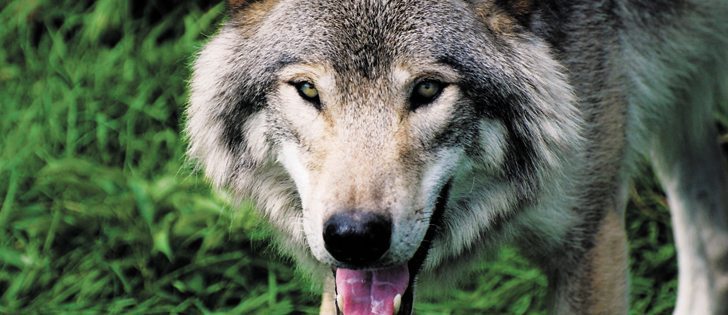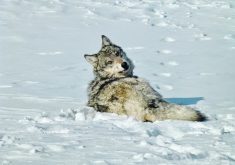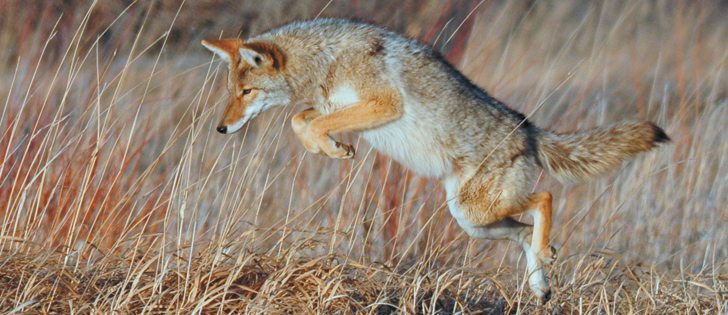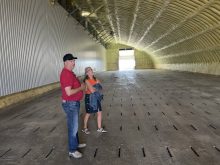A provincial biologist says the evidence doesn’t support the theory that Manitoba’s wolf population is growing and that attacks on cattle are more frequent.
For five years, the provincial government has paid trappers $250 per wolf caught in Duck Mountain Provincial Park and other areas where the moose population is at risk.
Hank Hristienko, a big game biologist with Manitoba Sustainable Development who specializes in bears, moose and wolves, said the incentive program has cut into the wolf population in the Parkland region.
“Wolf numbers have been kept lower, over the last five years, during the term of the program,” he said.
Read Also
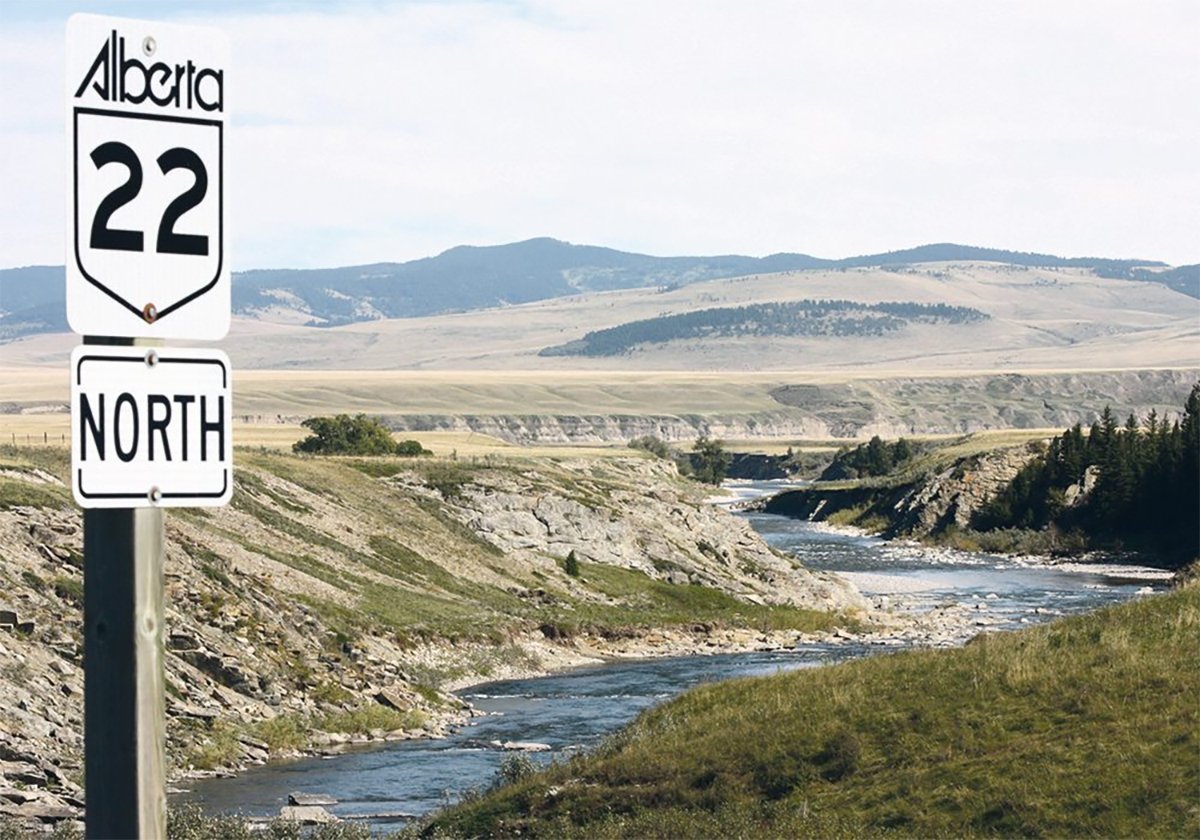
New coal mine proposal met with old concerns
A smaller version of the previously rejected Grassy Mountain coal mine project in Crowsnest Pass is back on the table, and the Livingstone Landowners Group continues to voice concerns about the environmental risks.
“That is one area (of the province) where wolf numbers are down compared to other areas.”
[yop_poll id=”43″]
Hristienko also said wolf predation claims, which compensate livestock producers for animal losses, are basically unchanged across Manitoba.
“Based on the past five years … claims have remained about the same.”
Some ranchers may assume that a declining moose population means wolves lack prey and are turning their attention to cattle.
Hristienko said there’s no link between moose numbers and the likelihood of attacks on cattle because moose are a secondary food source for wolves.
The province and the University of Manitoba conducted a joint study to evaluate a wolf’s diet in the Parkland region. They found that wolves prefer to prey on elk and deer.
“The species of choice in the (Duck Mountains) is deer. The species of choice in the Riding Mountain area is elk,” Hristienko said.
“Moose, on average, would be in around the 20 percent mark (of the diet), where deer and elk, depending on the area, would be closer to 50 to 60 percent.”
Statistics may not show an increase in wolf attacks, but the province does want to mitigate wolf-livestock “conflicts” in Manitoba. As a result, government experts and Manitoba Beef Producers are collaborating on a predation management strategy.
“We’ve reviewed the best practices from around the world,” Hristienko said.
“The next step is to develop a set of strategies best suited to our dynamic (in Manitoba), but the emphasis will be prevention.”
The province plans to do an aerial survey next year in the Duck Mountains and other parts of the Parkland to assess the moose population and the effectiveness of the wolf-trapping program.




